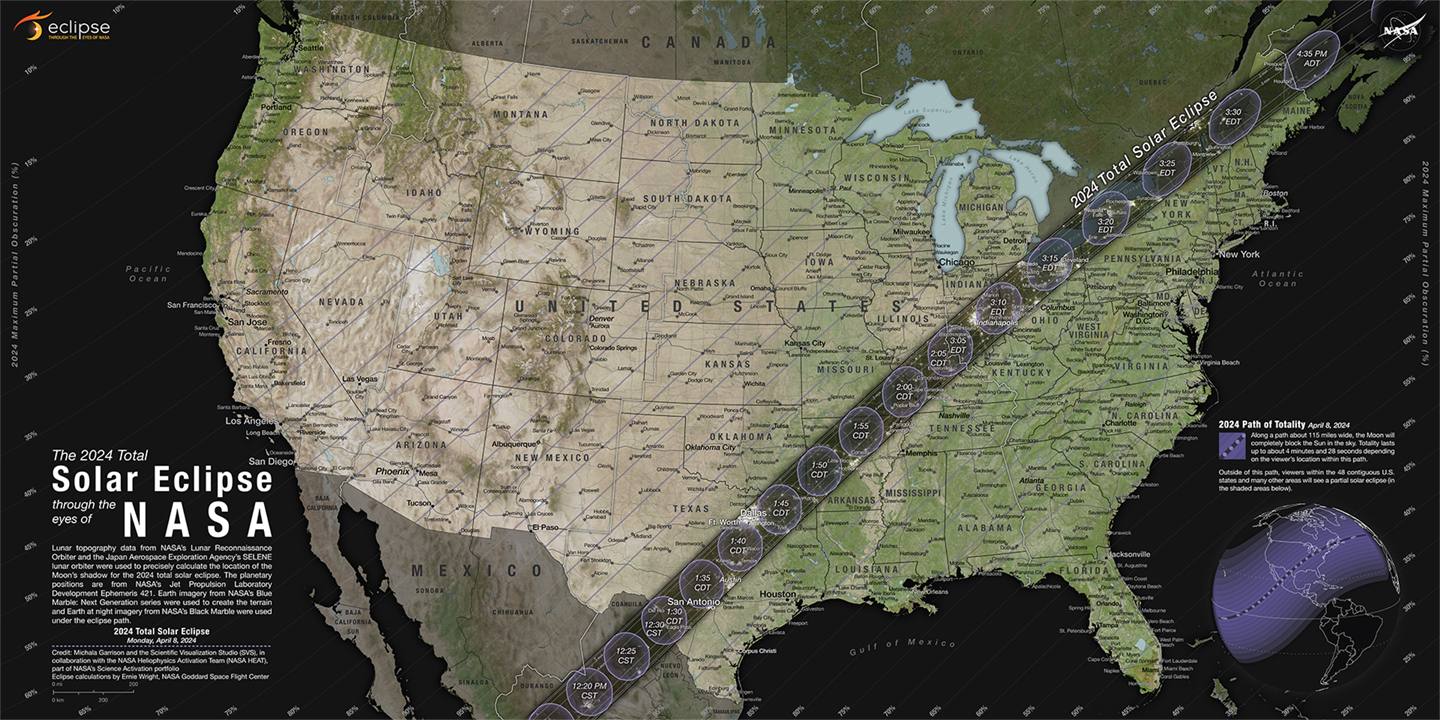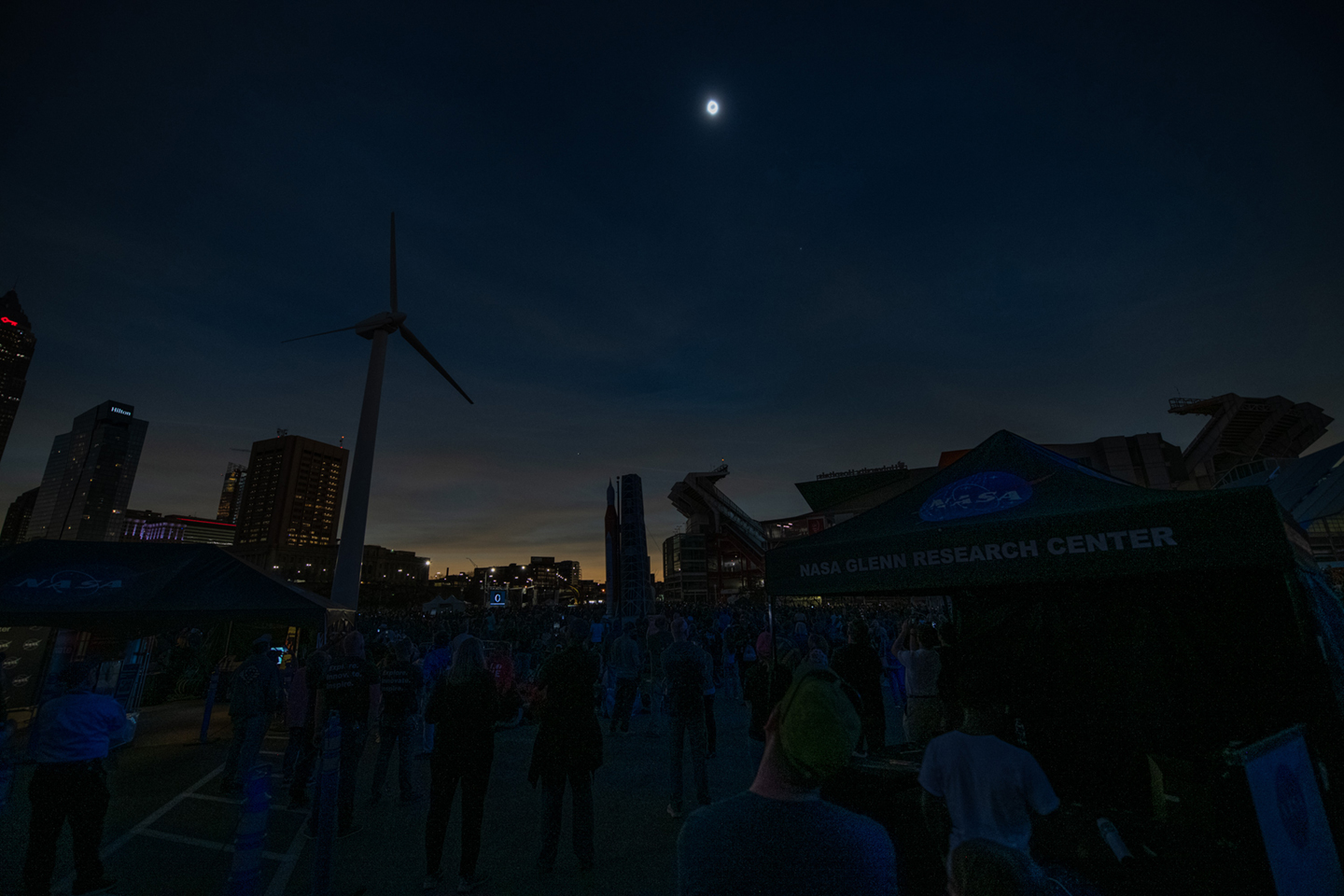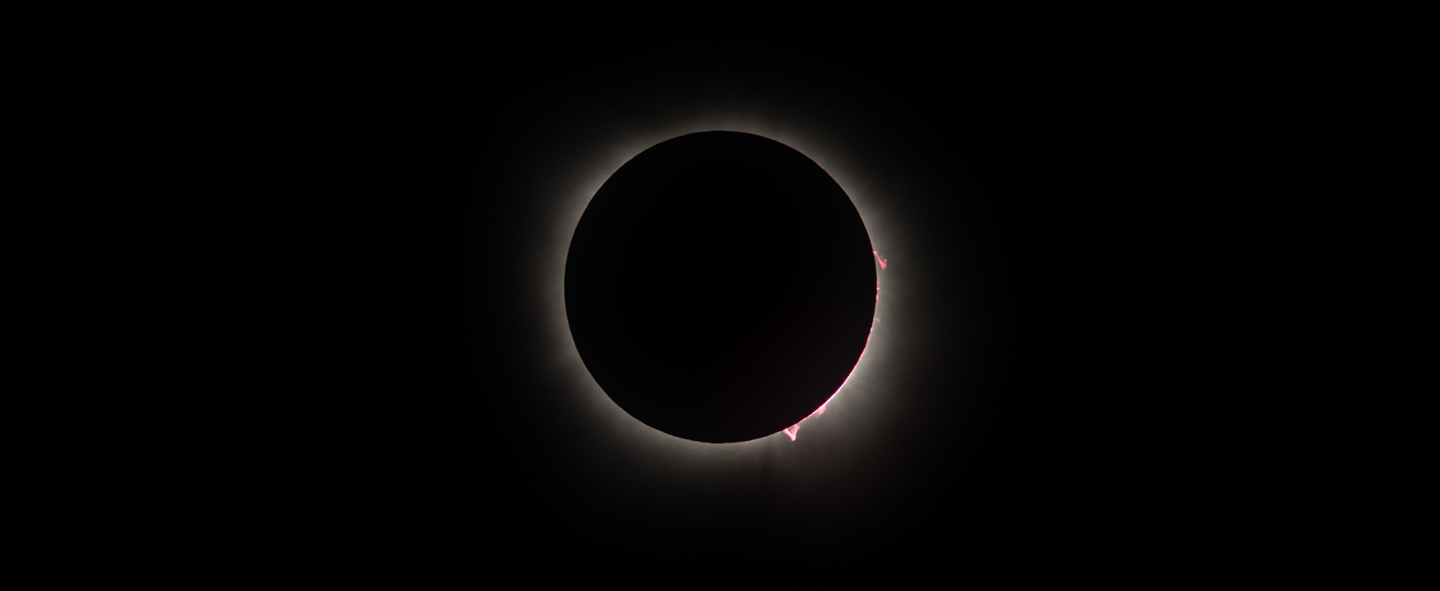
9 min read

Introduction
First as a bite, then a half Moon, until crescent-shaped shadows dance through the leaves and the temperature begins to drop - a total solar eclipse can be felt growing in the atmosphere. As the sky darkens in the few minutes before totality, the sounds of animals begin to dissipate along with the vibrancy of red and orange hues, and we enter the mesopic zone, or twilight vision. All is quiet in these cold, silvery-blue moments, until the Moon lines up perfectly with the Sun from our viewpoint on Earth - an odd quirk of the Moon-Earth system, and an occurrence that does not exist elsewhere in the solar system.
Millions of people gazed up at the sky on April 8, 2024, as a total solar eclipse darkened the skies across a thin ribbon of North America - spanning Mexico's Pacific coast to the Atlantic coast of Newfoundland, Canada - see Figure 1.

A pearly, iridescent halo lined the perimeter of the Moon as it crossed in front of the Sun, revealing the Sun's corona - see Photo 1. Solar prominences - bright features made of plasma flowing outwards through tangled structures of magnetic fields along the Sun's surface - were observable as reddish-pink dots rising from the edges of the eclipsed Sun - see Photo 2.


Snapshots of NASA Science Outreach Along the Path of Totality






